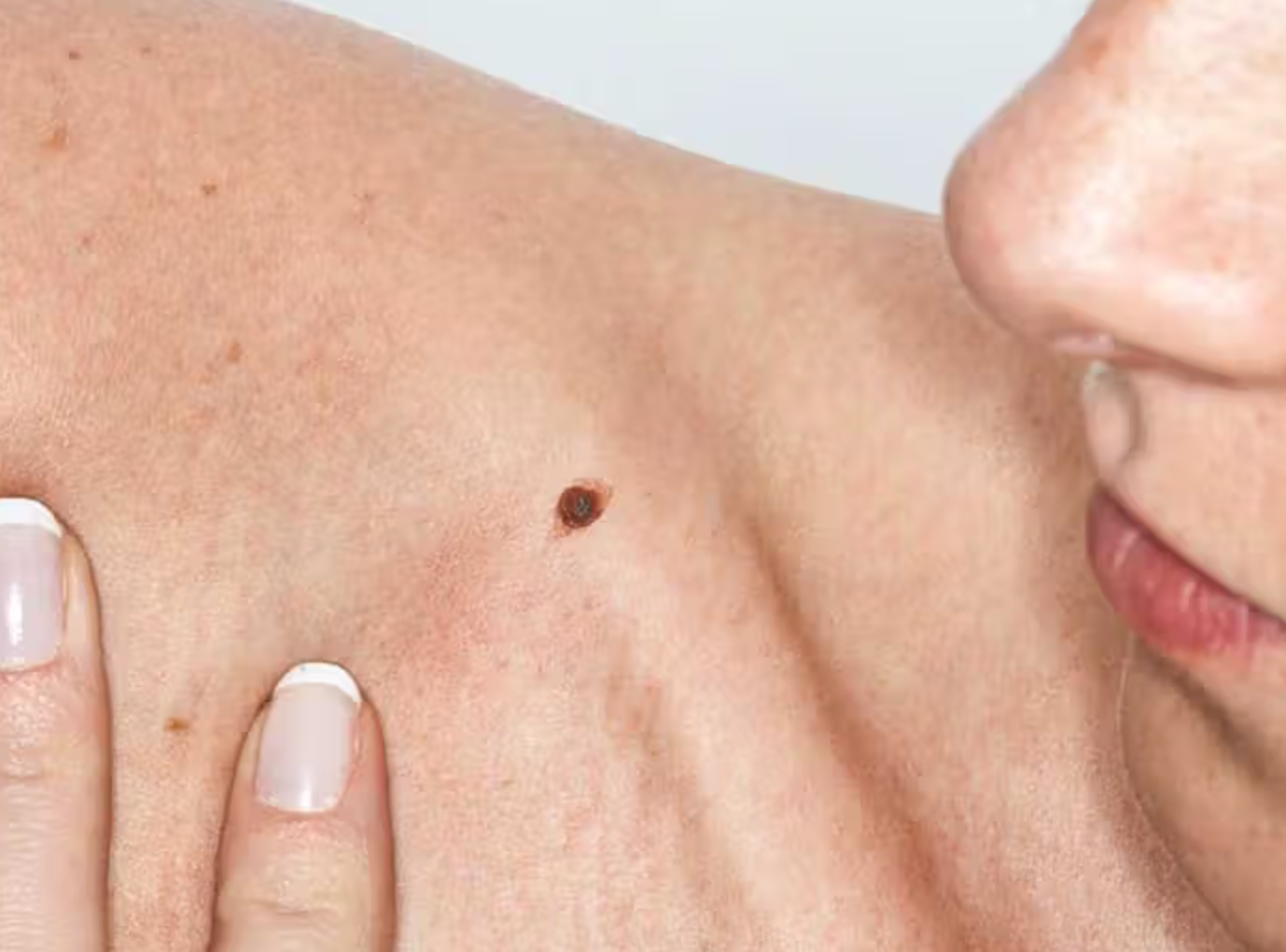Squamous Cell Carcinoma
Treating Squamous Cell Carcinoma: Comprehensive Options, Symptoms, and Prognosis:
Squamous cell carcinoma (SCC) accounts for roughly one-third of all skin cancer diagnoses and arises when keratinocytes mutate due to cumulative ultraviolet damage, chronic inflammation or immune factors, and early recognition improves treatment outcomes and survival.
National Cancer Institute, "Squamous Cell Carcinoma of the Skin" (2024)
This guide maps out the key stages of SCC care—from foundational definitions and causes to symptom recognition, surgical and non-surgical treatments, prognosis metrics, preventive measures and aftercare best practices. This article unifies all essential information with professional clarity and highlights how Lumen Dermatology’s specialized services support every step of your journey.

What Is Squamous Cell Carcinoma and What Causes It?
Squamous cell carcinoma is a common keratinocyte carcinoma developing in the epidermis through DNA damage in squamous cells, and understanding its origins enhances early detection and reduces metastatic risk. This section defines SCC, examines its clinical categories, identifies precipitating factors and outlines diagnostic pathways that pave the way for tailored treatment.
What Are the Common Causes and Risk Factors of Squamous Cell Carcinoma?
Squamous cell carcinoma arises from a combination of environmental and host factors that damage epidermal DNA. Key risk factors include:
- Chronic UV Radiation Exposure. Prolonged sun or tanning-bed exposure induces cumulative DNA mutations in keratinocytes.
- Human Papillomavirus (HPV) Infection. High-risk HPV strains can integrate into epidermal cells and disrupt cell-cycle regulation.
- Immunosuppression. Organ transplant recipients and those on immunosuppressive therapy exhibit reduced tumor surveillance.
- Fair Skin and Age. Light phototypes and advanced age correlate with less melanin protection and more UV damage.
-
These factors compound over time, driving malignant transformation of squamous cells and highlighting the importance of protective measures.
How Is Squamous Cell Carcinoma Diagnosed?
Diagnosing SCC involves a sequence of clinical evaluation, tissue sampling and staging work-up to inform treatment planning. Common diagnostic steps include:
- Physical Examination. Clinicians assess lesion morphology, color and borders with magnification.
- Punch or Shave Biopsy. Histopathologic analysis confirms invasive potential and subtyping.
- Staging Classification. The American Joint Committee on Cancer (AJCC) staging defines tumor size, nodal status and metastasis.
Accurate diagnosis through biopsy and staging ensures that Lumen Dermatology can tailor the most effective treatment pathway.
What Are the Symptoms and Early Signs of Squamous Cell Carcinoma?
Recognizing early manifestations of SCC accelerates intervention and supports high cure rates. This section outlines hallmark symptoms and visual cues, and advises when professional evaluation is essential.
How to Identify Common Symptoms of SCC?
- A persistent, scaly red patch that may crust or bleed.
- A non-healing sore or ulcer with raised, firm edges.
- A rough or thickened area resembling a wart.
- A dome-shaped growth with a central depression.
When Should You See a Dermatologist for Suspected SCC?
Timely dermatology consultation is critical if you notice:
- A lesion that does not heal within four weeks despite basic care.
- Rapidly growing bumps or changes in color and texture.
- Bleeding, itching or persistent pain in a skin lesion.
- New growths on immunosuppressed or high-risk individuals.
Scheduling a skin cancer screening at Lumen Dermatology ensures expert evaluation, early biopsy and swift initiation of effective treatments.


